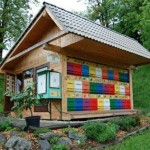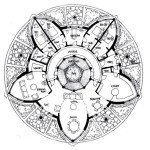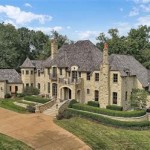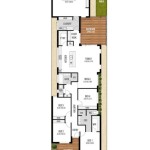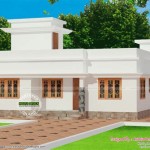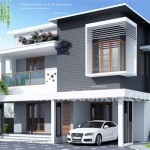Essential Aspects of a Victorian Terraced House Floor Plan
Victorian terraced houses are known for their distinctive and charming floor plans. These properties offer a unique blend of period features and modern amenities, making them highly sought-after by homeowners and tenants alike. Understanding the essential aspects of a Victorian terraced house floor plan is crucial for both buyers and renters.
Exterior Impression
Victorian terraced houses are typically arranged in rows, with each property sharing walls with its neighbors. They often feature a symmetrical facade, with a central front door flanked by windows. The exterior is often adorned with decorative elements such as ornate brickwork, gables, and bay windows.
Entrance Hall
Upon entering a Victorian terraced house, you are greeted by a hallway that runs from the front to the back of the property. This space is typically narrow and lined with doors leading to the various rooms.
Living Room
The living room is usually the largest and most formal room in the house. It is often located at the front of the property and features large windows that allow natural light to flood in. Victorian living rooms typically have high ceilings, decorative fireplaces, and ornate moldings.
Dining Room
The dining room is often adjacent to the living room and is designed for entertaining guests. It typically features a fireplace and a large table. The dining room may also lead to a rear garden or courtyard.
Kitchen
Victorian kitchens are typically located at the back of the house. They are often small and cramped, with limited natural light. However, some modern renovations have incorporated extensions to create larger and more functional kitchens.
Bedrooms
Victorian terraced houses typically have two or three bedrooms, which are located on the upper floors. The master bedroom is usually the largest and has its own ensuite bathroom. The other bedrooms may be smaller and share a communal bathroom.
Bathroom
Victorian bathrooms are typically small and functional. They often feature a bathtub, toilet, and washbasin. In older properties, the bathroom may be located in an outbuilding or shared with other tenants.
Rear Garden
Many Victorian terraced houses have a rear garden, which is accessed through a door from the kitchen or dining room. The garden may be small and paved, or it may be larger and feature a lawn, flower beds, and a patio.
Modern Renovations
While Victorian terraced houses retain their traditional charm, many have been renovated to include modern amenities and conveniences. These renovations may include extensions to create larger kitchens and bathrooms, the installation of central heating and double glazing, and the conversion of outbuildings into additional living space.

Victorian Terraced House Floor Plan Kitchen In The Back Quite Narrow Terrace Design Plans

Victorian Terrace House Town Floor Plan Terraced

Victorian Terraced House Design Fit For Modern Lifestyle

Help With Ground Floor Layout Of Victorian Terrace Semi Houzz

Floor Plans Of A Working Class Victorian House

Victorian Terraced House Design Fit For Modern Lifestyle

Awkward Victorian Terrace House Lay Out Advice Needed Houzz

Victorian Terrace House Terraced

Case Study 18 Ways To Remodel A Terraced House

Floorplan Of An Average Terraced House Scientific Diagram



